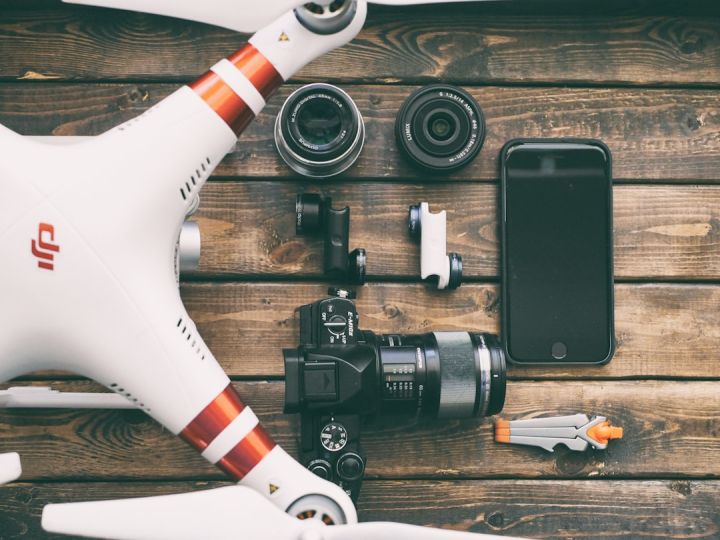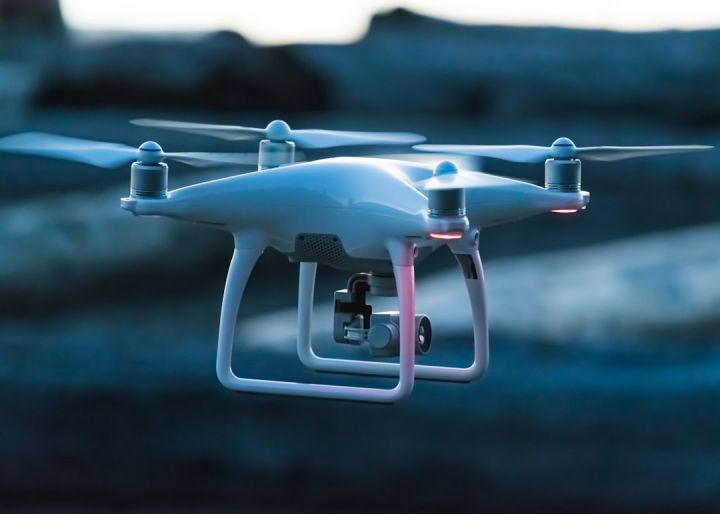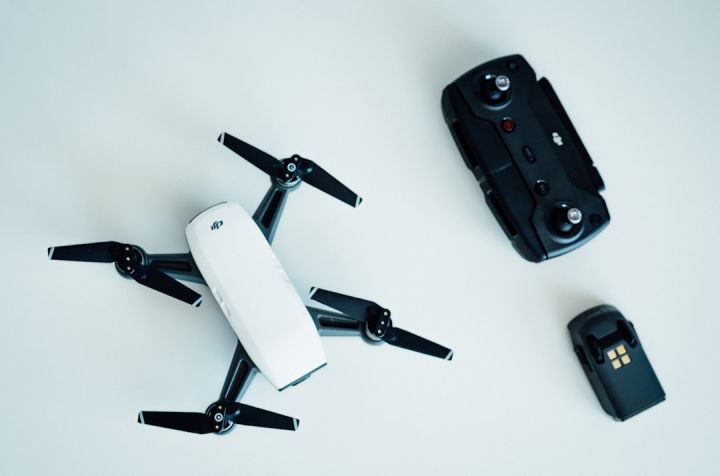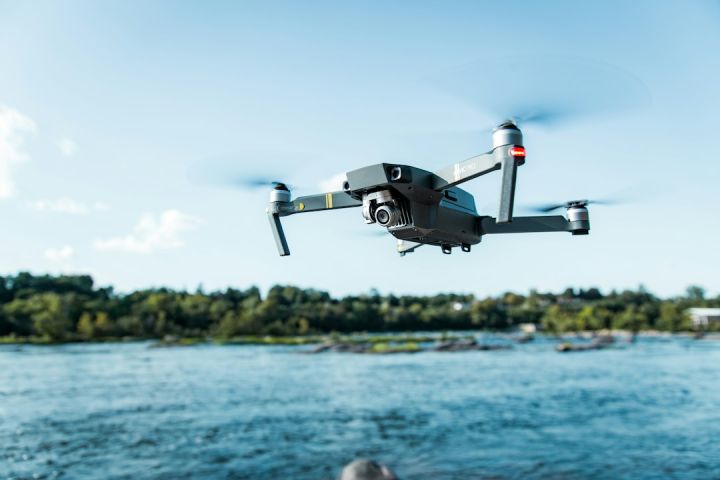Can Drones Deliver Packages to Remote Areas?
In recent years, drones have become increasingly popular for various purposes, from aerial photography to surveillance. One area where drones have shown great potential is in the delivery of packages, particularly to remote areas. With their ability to navigate through difficult terrain and bypass traditional transportation methods, drones offer a promising solution to logistical challenges. However, there are several factors to consider when assessing the feasibility of using drones for package delivery in remote areas.
Technology Advancements
One of the main reasons why drones have become a viable option for package delivery is the rapid advancement of technology. Drones are now equipped with advanced sensors and GPS capabilities, allowing them to navigate accurately and autonomously. These technological advancements enable drones to fly long distances and deliver packages to even the most remote locations, reducing the need for traditional delivery methods such as road transportation.
Challenges of Remote Areas
While drones may seem like the perfect solution for delivering packages to remote areas, there are several challenges that need to be addressed. One of the main challenges is the limited battery life of drones. Most commercial drones can only fly for a maximum of 30 minutes before needing to recharge. This poses a significant challenge when delivering packages to remote areas that are far from the nearest charging station.
Another challenge is the weather conditions in remote areas. Harsh weather, such as heavy rain or strong winds, can greatly affect the flight capabilities of drones. This not only poses a risk to the delivery itself but also to the safety of the drone and its payload. Finding a way to ensure the safe and efficient delivery of packages in all weather conditions is crucial for the successful implementation of drone delivery in remote areas.
Regulatory Considerations
In addition to technological and logistical challenges, there are also regulatory considerations that need to be taken into account when using drones for package delivery. Many countries have strict regulations regarding the use of drones, especially when it comes to flying beyond the line of sight. This means that operators would need to obtain special permits and adhere to specific guidelines in order to deliver packages to remote areas.
Furthermore, privacy concerns also come into play when using drones for delivery. The use of drones in remote areas could potentially violate the privacy of individuals living in those areas. Clear regulations and guidelines need to be established to protect the privacy rights of individuals while still allowing for the efficient delivery of packages.
The Future of Drone Delivery
Despite the challenges and regulatory considerations, the future of drone delivery in remote areas looks promising. Many companies are investing in research and development to overcome the limitations of drones, such as increasing battery life and improving flight capabilities. Governments are also working on streamlining regulations to support the use of drones for delivery purposes.
Conclusion
In conclusion, while there are obstacles to overcome, drones have the potential to revolutionize package delivery to remote areas. Technological advancements, coupled with the determination to address logistical challenges and regulatory considerations, are paving the way for the successful implementation of drone delivery. With further advancements and collaboration between industry stakeholders and regulatory bodies, we can expect to see drones delivering packages to remote areas in the not-so-distant future.







